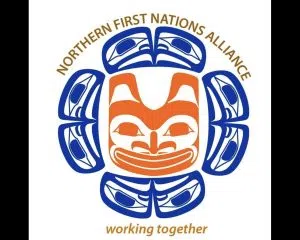The Tahltan Nation and B.C. government have signed a land-use plan which recognizes the significant cultural, environmental, and economic values of the Klappan Valley.
The agreement outlines where resource management activities can occur in the area and protectss the Sacred Headwaters, source of the Skeena, Nass, and Stikine Rivers for a minimum of 20 years.
Iskut Band Chief Marie Quock says the plan is a very important step to permanently protect the Sacred Headwaters, an area of immense cultural, spiritual, and environmental significance to the Tahltan.
The plan defines three distinct zones with varying acceptable land uses covering more than 620,000 hectares.
* Zone A: Major industrial activity in the Sacred Headwaters zone’s approximately 287,000 hectares is deferred for a minimum of 20 years, but the plan includes flexibility for amendments should consensus be reached by both the Tahltan and the Province on adjusted land-management objectives in the future. While industrial activities are not considered generally acceptable activities in this zone, other land uses and forms of tenure, such as recreation and guide outfitting, are considered generally acceptable.
* Zone B: An area with a high concentration of Tahltan values, proposed project designs for economic development in this more than 49,000-hectare zone will need to account, in advance, for all relevant cultural information collected, with consideration of ways to address, avoid, minimize or mitigate potential impacts.
* Zone C: At more than 284,000 hectares, this zone provides predictability for proposed economic development that is environmentally and culturally responsible and conforms to regulatory processes and agreements between the Tahltan and B.C. government. Economic development, including potential industrial activities, is viewed as appropriate and acceptable in this zone and will generally be supported.
The B.C./Tahltan Klappan Decision-Making and Management Board will be responsible for plan implementation and monitoring.









